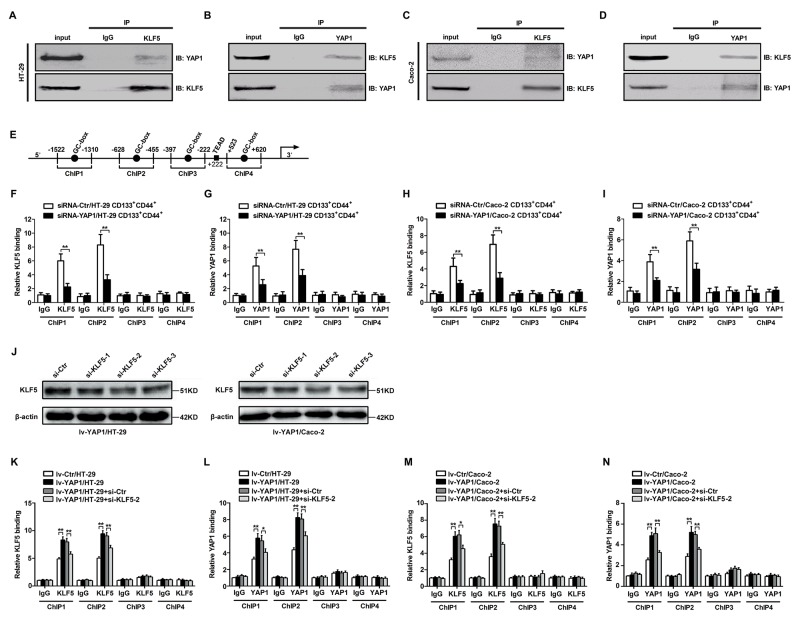Figure 6. YAP1 and KLF5 combined and bound to the human Ascl2 promoter.
(A-D) Co-immunoprecipitation using anti-KLF5 (A and C) or anti-YAP1 (B and D) antibodies in the cell lysates from HT-29 (A and B) and Caco-2 (C and D) cells indicated that the immunoprecipitants of anti-KLF5 or anti-YAP1 antibodies in HT-29 and Caco-2 cells can be detected by both anti-KLF5 and anti-YAP1 antibodies. (E) A schematic representation of the human Ascl2 promoter. Four loci in the Ascl2 promoter that had a GC-box mutant (AAGTAG) (ChIPs 1-4) were tested and there was a potential TEAD (TEA domain family members (TEAD1-TEAD4)) binding sequence residing at +222 in the Ascl2 promoter. (F and G) Chromatin isolated from YAP1-interfered CD133+CD44+ HT-29 cell population and their control cells were subjected to immunoprecipitation using IgG and a rabbit polyclonal IgG against KLF5 (F) and IgG and a rabbit polyclonal IgG against YAP1 (G). The binding at the first two loci that had GC-boxes in YAP1-interfered CD133+CD44+ HT-29 cell population was significantly reduced compared with the control cells (**: P<0.01). (H and I) ChIP assays using YAP1-interfered CD133+CD44+ Caco-2 cell population and their control cells indicated that both KLF5 and YAP1 binding at the first two loci that had GC-boxes in YAP1-interfered CD133+CD44+ HT-29 cell population were significantly reduced compared with the control cells (**: P<0.01). (J) Western blots of KLF5 in lv-YAP1/HT-29 and lv-YAP1/Caco-2 cells that were transiently transfected with KLF5 siRNA1 (si-KLF5-1), siRNA2 (si-KLF5-2) or siRNA3 (si-KLF5-3); β-actin was used as a loading control. (K-N) ChIP assays using lv-YAP1/HT-29 and si-KLF5-2 transfected lv-YAP1/HT-29 cells (K and L), and lv-YAP1/Caco-2 and si-KLF5-2 transfected lv-YAP1/Caco-2 cells (M and N) cells and their control cells indicated that both KLF5 and YAP1 binding at the first two loci that had GC-boxes in lv-YAP1/HT-29 and lv-YAP1/Caco-2 cells was significantly increased compared with their respective control cells, KLF5 interference in lv-YAP1/HT-29 and lv-YAP1/Caco-2 cells led to the significant reduction of KLF5 or YAP1 binding to the human Ascl2 promoter (*: P<0.05, **: P<0.01).

